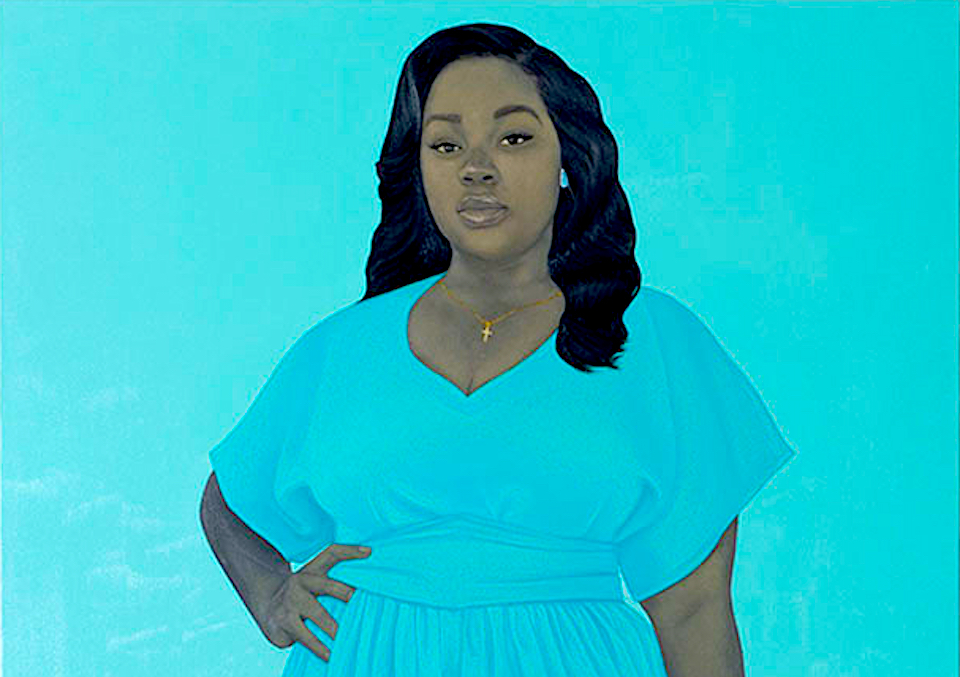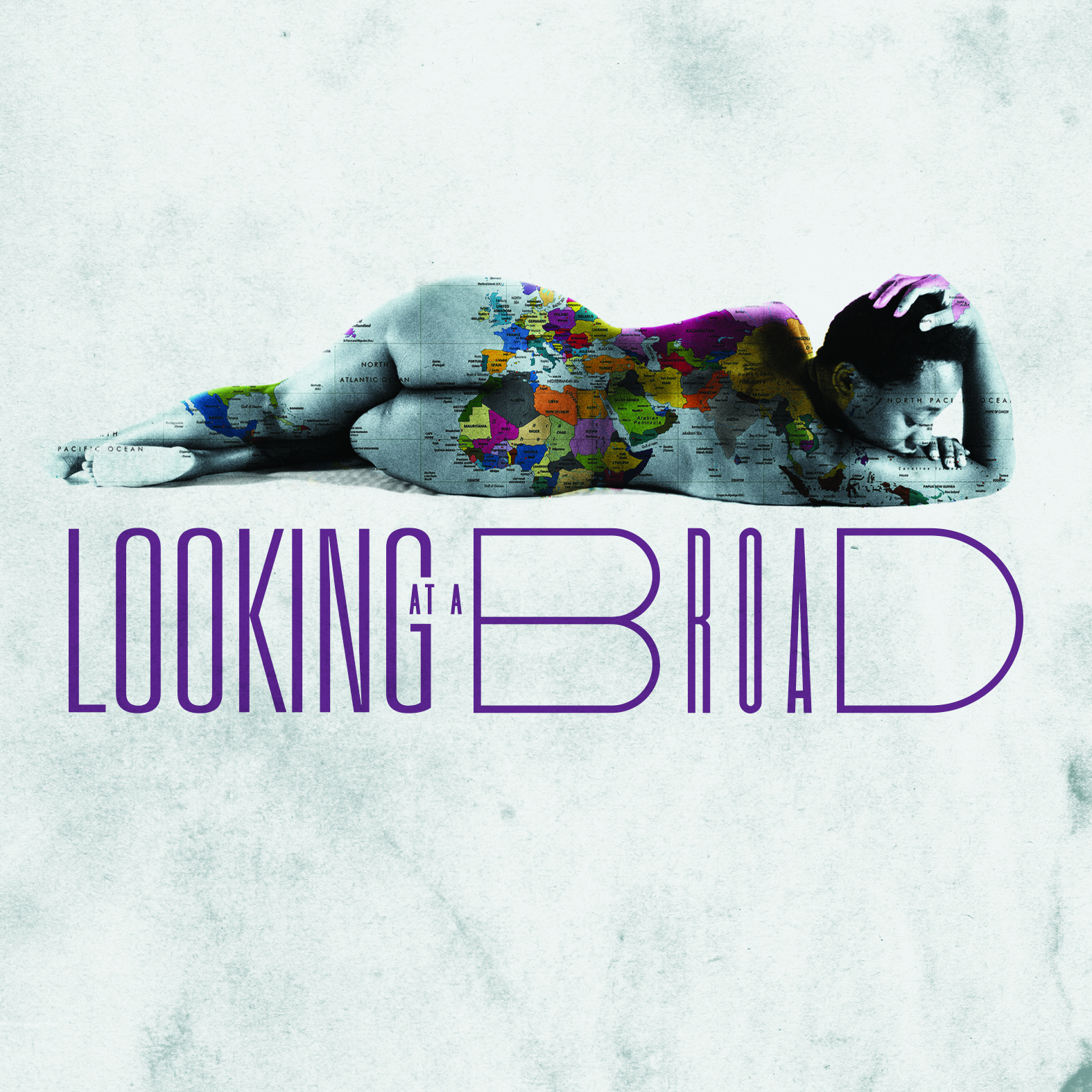Every day is a day to celebrate the accomplishments of Black cultural trail blazers at Sugarcane Magazine. However, as a human race, we still have a long way to go when it comes to diversity in what we feel are traditional art forms in certain cultures. This piece by Phil Chan of the Huffington Post points out why we need to be more inclusive of the Classical Dance world as to support and respect arts programs that provide training.
“Looking at its history, it’s no surprise that ballet today is still very racially homogeneous. Ballet was born out of the Royal French Courts, developed under the Russian Tzar’s imperial patronage, and in America, continues to be supported primarily by the wealthy white elite. But when ballet arrived in America, falling into our “melting pot” forced it to change. With the American idea that different perspectives strengthen our society, and therefore our art, ballet in America has been slowly transforming to become a truer reflection of our society. How is this change happening, and how can we continue to push for more inclusion in this art form that has had such a positive impact on the lives of so many people?
Ballet’s diversity problem can be distilled to two key obstacles: economics and lack of representation. We can directly address these issues in two concrete ways: by improving access to dance education for lower income students across racial lines, and by increasing representation of dancers of color on our stages.
Economics
The larger problem is that there are economic inequalities along racial lines in America. According to a Pew Research Center study based on government data from 2009, the median wealth of white households is 20 times that of black households. Ballet is not cheap: the cost of multiple classes a week, shoes, costumes, private coaching, driving back and forth to the studio…it can easily add up to over $50,000 per student per year, making it hard for ballet to be a recreation, let alone a profession, for potential young black dancers. The lack of diversity is not only an issue in ballet; any sport or activity that involves a substantial economic hurdle inherently excludes people of color. Examples include equestrian, diving, and mastering a musical instrument.
What are we doing as a community to level the playing field and offer equal access to the entry point of a dance career – early dance education? How can we work with dance industry professionals and manufacturers to help offset the cost of necessary shoes and apparel for students who can’t afford them? How do we secure funds to be able to offer room and board to talented students who otherwise would not be able to continue to train? How do we sustain and support a dancer’s progression from student to star?









